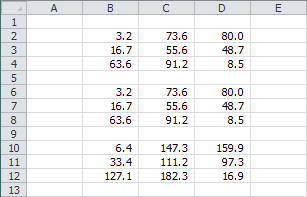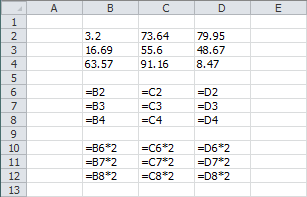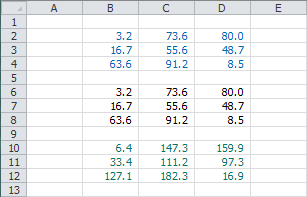


The Best Practice Spreadsheet Modeling Standards and Conventions aim to provide the model development and business communities with:
Importantly, these standards and conventions provide a comprehensive and detailed set of guidelines relating to every stage of the spreadsheet model development process, but do not limit the customisability of spreadsheet-based analysis in any way. Put simply, these standards and conventions explain how to develop best practice spreadsheet models, not what to include in spreadsheet models.
The Best Practice Spreadsheet Modeling Standards and Conventions empower both model developers and model users with the knowledge to improve the quality and efficiency of spreadsheet modeling activities. In this regard, the primary spreadsheet modeling benefits of adopting these standards and conventions are:
The Best Practice Spreadsheet Modeling Standards are an off-the-shelf corporate policy document which is continuously developed and maintained by the collaborative efforts of the world's best spreadsheet modellers. Organization-wide spreadsheet standardization can be freely achieved by simply downloading the Standards and providing access to the online documentation and training tutorials provided via this website.
Encourage some of your spreadsheet users to try implementing best practice and learn why so many of the world's most respected organizations are using the Best Practice Spreadsheet Modeling Standards as their primary spreadsheet modeling corporate policy document.
To demonstrate the benefits of the implementation of a standard, consider three area ranges within a sheet with the first area range containing constants, the second area range containing pure formulae and the third area range containing formulae which double the values in the second area range. These ranges are shown in the right-hand images, with the first image displaying the range values and the second image displaying the range formulae. Without the application of a font colouring standard, all three of these ranges appear identical but for the fact that the values in the third area range are different to those in the first two area ranges - i.e. it is impossible to distinguish the cells containing formulae from those containing values.
To address this limitation, BPMS 1-6 has been included in the Standards, which stipulates that the font colour property of cells should be set consistently to visually identify cells with different cell content:
In addition to this standard, a corresponding convention has been included in the Standards which recommends that blue, black and green font colouring be used to differentiate constant, pure formula and mixed cell content respectively:
Importantly, the implementation of this convention is not required to implement best practice - i.e. it is simply a recommendation made by the SSRB based on the most widely held view of the contributors to the Standards. Hence, pink, purple and orange may instead be chosen as the three font colours used to differentiate cell content with the underlying spreadsheet remaining best practice as long as these colours are used consistently as per BPMS 1-6.
This is one simple example of the implementation of a standard and its corresponding convention, and the benefits of doing so are irrefutable. In this way, the Best Practice Spreadsheet Modeling Standards are simply a listing of generally-agreed best approaches to each area of the spreadsheet model development process, with corresponding recommendations on how to implement these approaches.
| Ranges - No Standardization: |
 |
| Ranges - Displaying Formulas: |
 |
| Ranges - Best Practice: |
 |